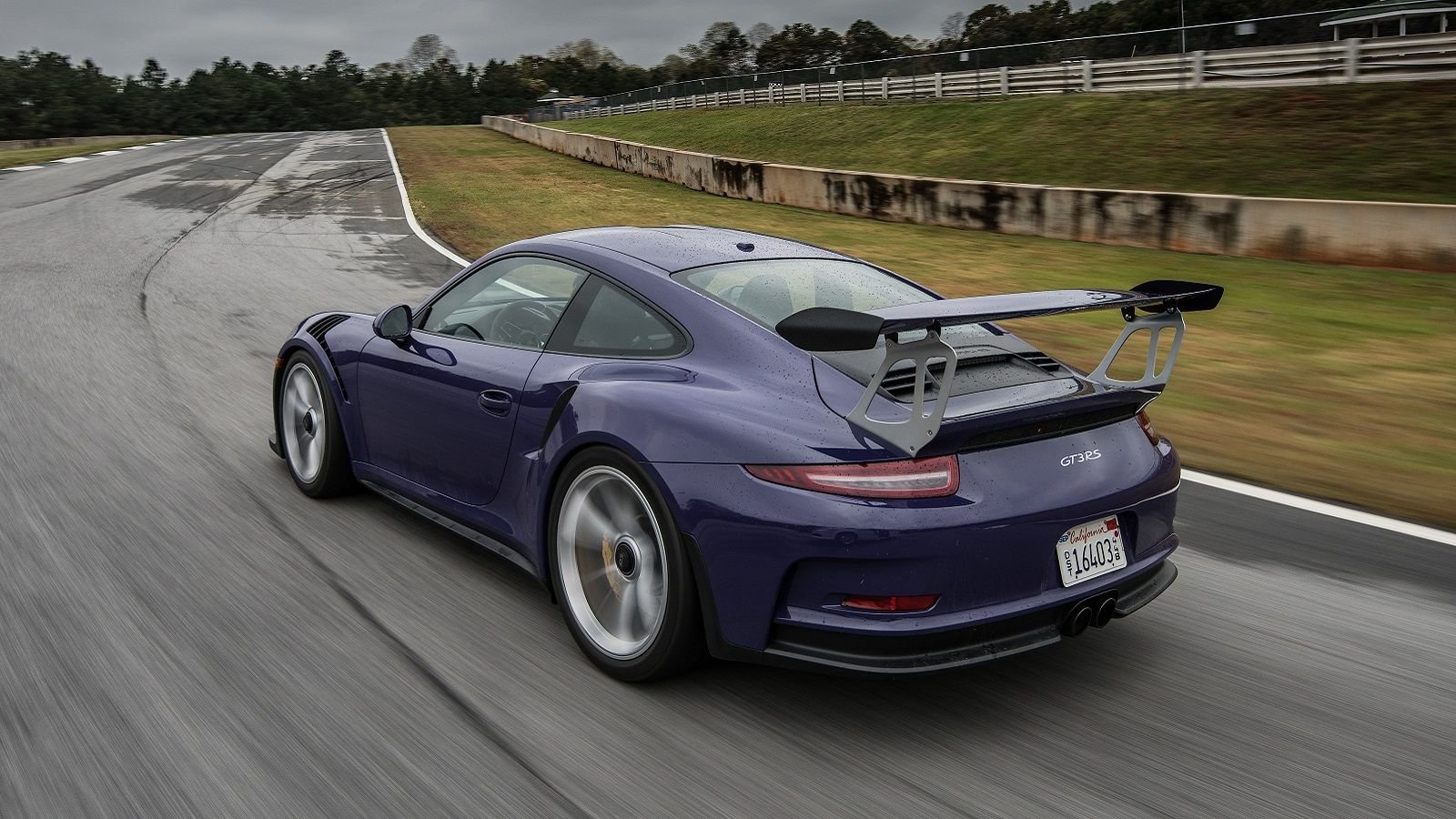5 Porsche Racing Technologies That Made It To The Street
Porsche has been developing road car tech on the race track since its inception. Here are five notable racing technologies that made it to the street.










1. Carbon Fiber Reinforced Polymer
Weight reduction has been an important focus for Porsche since their inception, and they're always looking for ways to shed pounds on both their race cars and road cars. The 911 GT1 was the automaker's very first car built on a carbon fiber chassis, which offered up considerable weight savings along with considerable strength. That technology first trickled down to the road going 911 GT3 RS, and its use will only continue to grow as the brand moves forward.
2. MODE Switch
The Porsche 918 uses a MODE switch on the steering wheel to allow the driver to quickly toggle between six different driving modes. This racing-derived technology changes a number of settings on the car, allowing for a quick transition between street and track. And when the fun is over, you can simply switch back to a more comfortable setting for the ride home.
3. Ceramic Disc Brakes
Any sports car worth its salt these days uses ceramic disc brakes, but their origin obviously comes from motorsports. The amazing 962 model was the first Porsche to use ceramic brakes, which are lighter, shed heat faster, and provide shorter stopping distances compared to traditional brakes. Today, carbon ceramic brakes are an option on almost every road going vehicle Porsche makes.
4. Turbocharging
These days, turbochargers are everywhere. As automakers look to increase efficiency, engine sizes are shrinking and turbochargers are being added to compensate in regards to power output. The 917/10 was the first Porsche to use turbos, and it dominated Can-Am racing back in 1970 and 1971 as a result. Since then turbos have played a vital role in Porsche road car performance.
5. E-Performance concept
The 919 uses a small, compact, and light 2.0-liter four-cylinder engine combined with energy recovery systems to produce the world beating performance and efficiency. Bits of this hybrid technology trickled down into the new Panamera 4 E-Hybrid, which utilizes two electric motors at the front and rear axle in combination with a gas engine. And this e-performance tech is certain to land in a number of Porsche models moving forward.
For help keeping your car in a fine tune, see the how-to section of RennList.com.
